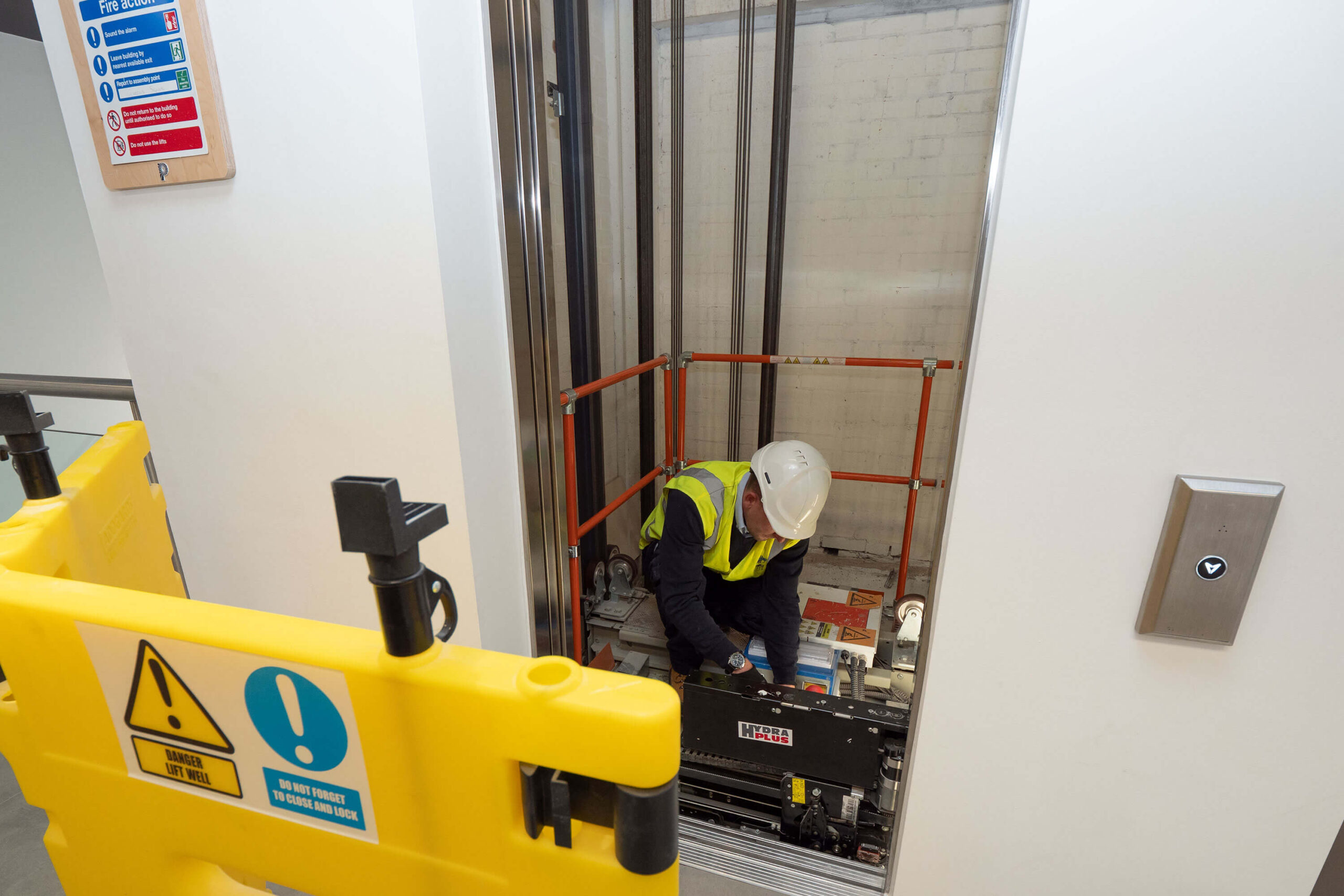A Comprehensive Method to Enhancing Performance With Strategic Lift Repair Methods
A organized and calculated technique to lift repair and upkeep is imperative to take full advantage of performance and decrease downtime. By dealing with common lift problems, carrying out positive maintenance steps, and developing targeted repair work strategies, centers can enhance their lift systems to operate at peak efficiency levels.
Relevance of Lift Performance Optimization
Recognizing the significance of maximizing lift efficiency is important for making certain efficient and reliable upright transportation systems in different buildings and structures. Lifts are vital components of modern framework, offering vertical flexibility for owners and products within structures of differing elevations. By enhancing lift efficiency, structure proprietors and facility managers can boost individual experience, boost energy effectiveness, and rise general operational effectiveness.
Efficient lift efficiency optimization includes numerous variables, including speed, capability, power safety and security, upkeep, and intake needs. Appropriately optimized lifts can minimize wait times for users, especially in high-traffic buildings, causing boosted contentment and efficiency. Additionally, enhanced lifts add to power financial savings by using innovative control systems and modern technologies that minimize power intake without endangering efficiency.

Identifying Common Lift Issues
Recognizing common lift problems is essential for preserving the functional efficiency and security of upright transport systems in structures. Identifying these problems can assist avoid malfunctions, lower downtime, and expand the life-span of the lift equipment. One typical issue that structure supervisors and upkeep teams frequently experience is irregular or jerky movements during operation. This problem can be a sign of troubles with the lift's motor, control system, or also the positioning of the lift automobile.
Another widespread lift problem is weird noises rising from the lift shaft or equipment room. These sounds can vary from grinding or scratching sounds to loud clunking sounds, every one of which may signal underlying mechanical concerns that need instant attention. In addition, constant door breakdowns, such as doors not opening or shutting appropriately, can interrupt the smooth flow of travelers and position safety and security dangers.
Implementing Positive Maintenance Steps
To enhance the efficiency and longevity of lift systems, proactive maintenance steps play a vital duty in guaranteeing operational reliability and safety. lift repair. Carrying out proactive upkeep involves methodically evaluating, maintenance, and fixing elements before they fail, thus preventing expensive downtime and prospective safety and security dangers. On a regular basis set up evaluations can assist identify minor issues before they rise into significant troubles, eventually expanding the lifespan of lift systems
One secret aspect of aggressive upkeep is creating a thorough lift breakdown upkeep schedule based on supplier suggestions and industry finest techniques. This timetable should lay out jobs such as lubrication, positioning checks, and element replacements at defined periods. In addition, carrying out problem monitoring techniques, such as resonance analysis and thermal imaging, can aid identify very early indications of wear or breakdown.
Additionally, training maintenance personnel on appropriate evaluation strategies and preventative maintenance treatments is vital for the successful implementation of proactive upkeep procedures. By fostering a society of aggressive maintenance within a company, lift systems can run at peak efficiency degrees, decreasing interruptions and guaranteeing the safety and security of customers.
Developing Targeted Repair Service Strategies
Upon analyzing the maintenance records and efficiency data, the engineering group can develop targeted repair work strategies to optimize and attend to details concerns lift system performance. These repair work plans are customized to the determined issues, making certain that sources are concentrated on settling important problems effectively. By prioritizing repairs based on their influence on performance and safety, the targeted repair work strategies assist decrease downtime and upkeep prices while making best use of the lift system's dependability.
Establishing these strategies involves a detailed analysis of the lift system elements, consisting of electric motors, cables, brakes, and control systems. Through this thorough assessment, the engineering team can identify the origin of any kind of malfunctions or deterioration in efficiency. This details is after that utilized to develop a roadmap for the fixing procedure, detailing the essential steps, timeline, and resources needed to attend to each problem successfully.
Furthermore, targeted repair work plans might include preventative steps to enhance the lift system's long life and efficiency. By proactively dealing with possible problems before they intensify, these strategies contribute to the overall efficiency and safety and security of the lift system.
Using Data-Driven Insights
Harnessing the power of data-driven understandings is important in maximizing lift system performance and upkeep efficiency. These anticipating upkeep techniques aid avoid unexpected malfunctions, decrease downtime, and prolong the life expectancy of lift systems.

Final Thought
To conclude, optimizing lift efficiency is essential for making sure efficiency and safety in structures. By identifying common lift concerns, carrying out aggressive maintenance steps, establishing targeted repair work plans, and using data-driven understandings, companies can boost efficiency and minimize downtime. It is very important to take a detailed method to raise repair methods to make the most of operational effectiveness and guarantee the longevity of lift systems.
By resolving common lift issues, executing positive upkeep procedures, and establishing targeted repair service strategies, facilities can optimize their lift systems to operate at peak performance levels.One more prevalent lift issue is weird noises rising from the lift shaft or equipment area.Upon assessing the maintenance records and efficiency data, the design group can establish targeted repair service strategies to deal with details problems and optimize lift system capability. By prioritizing repair services based on their impact on performance and safety, the targeted fixing strategies aid decrease downtime and upkeep costs while making best use of the lift system's integrity.
It is essential to take an extensive approach to lift repair service approaches to make the most of functional effectiveness and guarantee the longevity of lift systems.